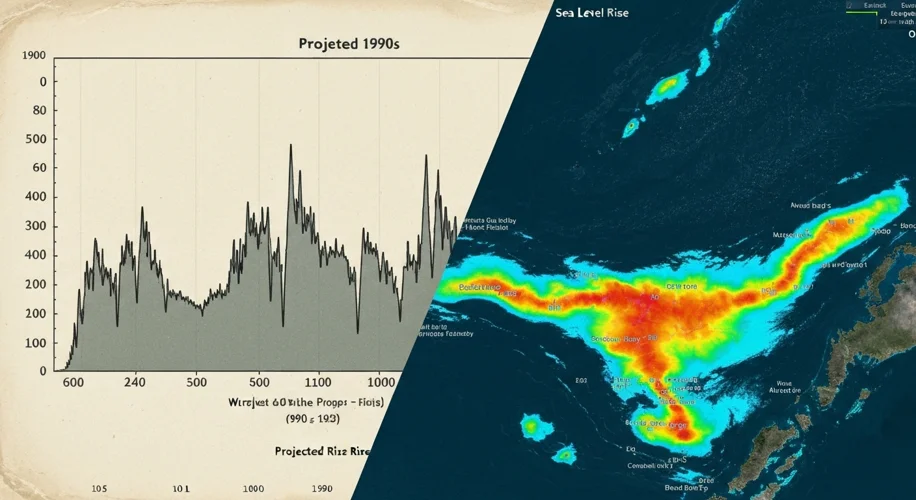Did you know that climate predictions made three decades ago are proving to be remarkably accurate? A recent study, highlighted by SciTechDaily, looked back at climate models from the late 1980s and early 1990s and found that their forecasts, particularly concerning sea level rise, have been surprisingly on point.
As someone who works with climate models and studies our atmosphere, this kind of research is fascinating. It’s a testament to the early work of scientists who were trying to understand and predict the complex changes happening to our planet. Back then, the tools and data were far more limited than what we have today, yet their predictions about how a warming planet would affect global sea levels were eerily precise.
For example, many of these older models accurately projected the rate at which glaciers and ice sheets would melt, contributing to rising sea levels. They also anticipated how thermal expansion – the process where warmer water takes up more space – would play a significant role. These aren’t minor details; they are foundational elements of understanding the impact of climate change on coastal communities and ecosystems worldwide.
It’s easy to think of climate change as a distant future problem, but this study shows that the science has been telling us about it for a long time. The accuracy of these 30-year-old predictions underscores the importance of listening to scientific consensus. It also highlights the urgency with which we need to address the ongoing changes.
What does this mean for us now? It means we have decades of evidence showing that our planet is warming and that our actions have consequences. It also means that the solutions we develop today need to be robust enough to handle the changes that scientists have been warning us about for years.
This isn’t about pointing fingers or dwelling on the past. It’s about recognizing the strength of scientific inquiry and using that knowledge to inform our actions today and for the future. Understanding that these predictions were so accurate gives me hope that we can continue to build on this knowledge and work towards a more sustainable planet. It’s a powerful reminder that the science is sound, and the time to act is now.

